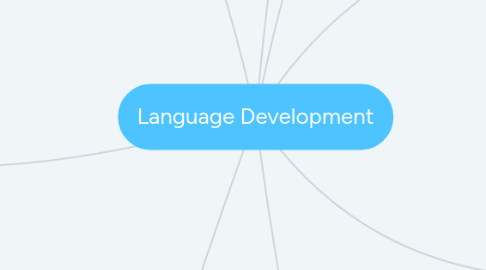
1. methods
1.1. materials
1.1.1. tests
1.1.1.1. WPPSI III (receptive language
1.1.1.2. rapid naming task
1.1.1.3. pseudowords
1.1.1.4. group with language disorder (TOS diagnosed) a. group without disorder
1.1.2. questionnaires
1.1.2.1. SDQ
1.1.2.1.1. composite scores
1.1.2.2. CBCL
1.1.2.3. sociodemographics
1.2. criteria
1.2.1. 3-6years
1.2.2. normal hearing
1.2.3. normal or corrected vision
1.2.4. normal intelligence
1.2.5. consent of parents
1.3. when/how recruited?
1.3.1. between june 2015 and june 2019
1.3.2. 2 different days, ca 180 mins
1.4. different age groups
1.4.1. 3-6 years
2. ATTENTION
2.1. gender differences
2.1.1. boys more often diagnosed with ADHD than girls.
2.1.2. Do boys also show more attention impairments in younger age ?
2.2. SDQ Measures
2.2.1. emotional symptoms
2.2.2. conduct problems
2.2.3. hyperactivity (inattention)
2.2.4. peer relationship problems
2.2.5. prosocial behavior
2.2.6. what factors are impaired/gender differences in these factors?
2.3. definition
2.4. associated or predictive for language development in later childhood?
2.5. IMPAIRMENT
2.5.1. ADHD
2.5.1.1. mostly diagnosed in later childhood
2.5.1.1.1. clinical picture: delayed speech a. language development
2.5.1.2. risk factors
2.5.1.2.1. (Sagiv et al, 2013)
2.6. does attention also influence other functions?
2.6.1. relationship between attention and MF
2.6.2. relationship between attention and EF
2.7. Independent Variable
3. Models that may explain a relationship
3.1. disability model
3.1.1. disorder impacts psychological process (language disorder->impaired attention)
3.2. predispositional model
3.2.1. psychological processes directly cause disorder or indirectly modify the cause or expression of disorder
4. gender
4.1. How does the gender effect (if present) evolve with age?
4.2. hyothesis: superiority of girls over boys at young age
4.2.1. (Lyytinen et al., 2001, Fenson et al., 1993)
4.3. is there a significant effect?
4.3.1. sign effect across different age groups?
5. environmental differences
5.1. house setting
5.2. sociodemographic differences
5.3. how do environmental factors influence the language development?
5.4. risk factors for language delay?
5.4.1. (Korpilahti et al.,2016)
5.4.1.1. social class
5.4.1.2. full time job

